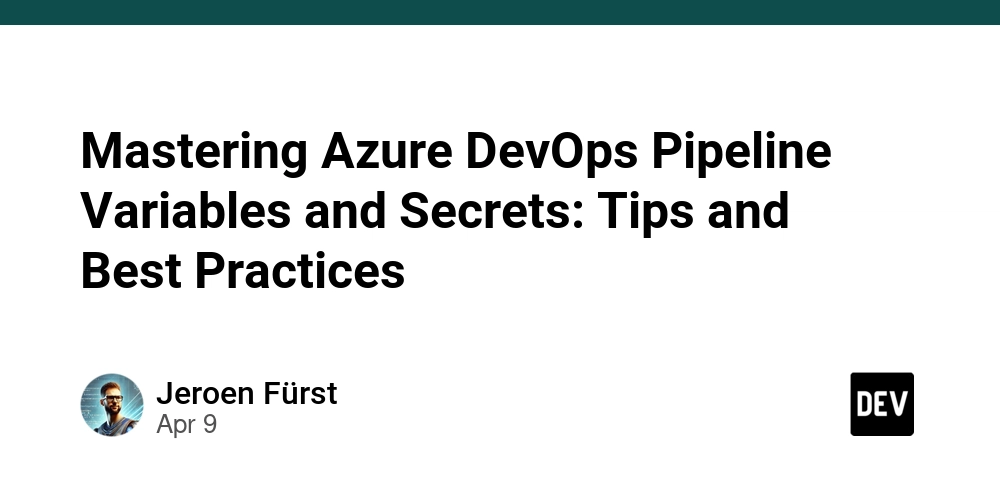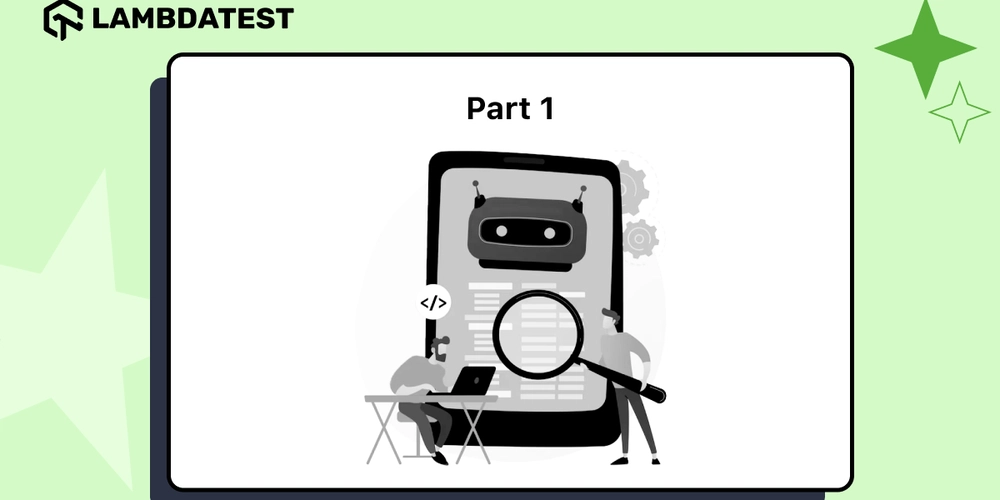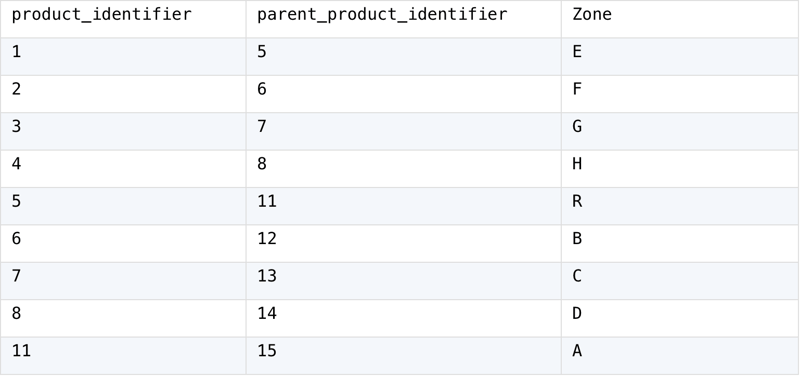Creating the Codebase for an Enterprise Application from Scratch: Lessons Learned and Things I Regret
After spending a year building an enterprise application from the ground up, I've accumulated valuable insights—many learned the hard way. Here's what went wrong and what I wish I'd done differently. Starting with Frameworks Instead of Business Logic My first critical mistake was beginning with frameworks. I built the entire infrastructure around entry points to both frontend and backend frameworks, directly contradicting Robert Martin's advice on clean architecture. His philosophy emphasizes organizing code around business cases rather than technical frameworks. In hindsight, I should have: Started with core business domain models Built use cases independent of delivery mechanisms Added frameworks as implementation details, not foundational elements Maintained clear boundaries between business logic and technical infrastructure This approach would have created a more flexible, maintainable system that could evolve with changing requirements and technology. Failing to Push Back on Full-System Development Rather than advocating for an incremental approach, I acquiesced to management's desire for comprehensive development. We spent a year building an entire ecosystem without releasing anything to users. The costs have been substantial: A year of development costs with zero revenue No real user feedback to validate assumptions Mounting pressure as launch approaches Risk of delivering something users might reject entirely What I Would Do Differently If I could start over, I would champion a different strategy: Release a Minimal Viable Product I should have pushed management to focus on delivering a single service that provided immediate value. This would have allowed us to: Get something into users' hands quickly Gather real feedback early in the process Build momentum and confidence Justify additional development with proven results Embrace Iterative Development The startup wisdom of "fail fast, fail often" exists for a reason. Most successful startups: Ship early, imperfect versions Learn from actual usage patterns Iterate rapidly based on real data Avoid the sunk cost of building unwanted features Moving Forward Though I can't reclaim the lost time and resources, I can apply these lessons going forward: Break the remaining work into smaller, releasable increments Prioritize getting user feedback as quickly as possible Refactor gradually toward cleaner architecture while delivering value Document these lessons for future projects The most expensive education is one paid for but not applied. I intend to ensure these hard-earned insights guide our future development decisions.

After spending a year building an enterprise application from the ground up, I've accumulated valuable insights—many learned the hard way. Here's what went wrong and what I wish I'd done differently.
Starting with Frameworks Instead of Business Logic
My first critical mistake was beginning with frameworks. I built the entire infrastructure around entry points to both frontend and backend frameworks, directly contradicting Robert Martin's advice on clean architecture. His philosophy emphasizes organizing code around business cases rather than technical frameworks.
In hindsight, I should have:
- Started with core business domain models
- Built use cases independent of delivery mechanisms
- Added frameworks as implementation details, not foundational elements
- Maintained clear boundaries between business logic and technical infrastructure
This approach would have created a more flexible, maintainable system that could evolve with changing requirements and technology.
Failing to Push Back on Full-System Development
Rather than advocating for an incremental approach, I acquiesced to management's desire for comprehensive development. We spent a year building an entire ecosystem without releasing anything to users. The costs have been substantial:
- A year of development costs with zero revenue
- No real user feedback to validate assumptions
- Mounting pressure as launch approaches
- Risk of delivering something users might reject entirely
What I Would Do Differently
If I could start over, I would champion a different strategy:
Release a Minimal Viable Product
I should have pushed management to focus on delivering a single service that provided immediate value. This would have allowed us to:
- Get something into users' hands quickly
- Gather real feedback early in the process
- Build momentum and confidence
- Justify additional development with proven results
Embrace Iterative Development
The startup wisdom of "fail fast, fail often" exists for a reason. Most successful startups:
- Ship early, imperfect versions
- Learn from actual usage patterns
- Iterate rapidly based on real data
- Avoid the sunk cost of building unwanted features
Moving Forward
Though I can't reclaim the lost time and resources, I can apply these lessons going forward:
- Break the remaining work into smaller, releasable increments
- Prioritize getting user feedback as quickly as possible
- Refactor gradually toward cleaner architecture while delivering value
- Document these lessons for future projects
The most expensive education is one paid for but not applied. I intend to ensure these hard-earned insights guide our future development decisions.








































































































































































![[The AI Show Episode 143]: ChatGPT Revenue Surge, New AGI Timelines, Amazon’s AI Agent, Claude for Education, Model Context Protocol & LLMs Pass the Turing Test](https://www.marketingaiinstitute.com/hubfs/ep%20143%20cover.png)



































































































































![From drop-out to software architect with Jason Lengstorf [Podcast #167]](https://cdn.hashnode.com/res/hashnode/image/upload/v1743796461357/f3d19cd7-e6f5-4d7c-8bfc-eb974bc8da68.png?#)








































































































.jpg?#)
































_ArtemisDiana_Alamy.jpg?#)


 (1).webp?#)






































































-xl.jpg)











![Yes, the Gemini icon is now bigger and brighter on Android [U]](https://i0.wp.com/9to5google.com/wp-content/uploads/sites/4/2025/02/Gemini-on-Galaxy-S25.jpg?resize=1200%2C628&quality=82&strip=all&ssl=1)










![Apple Rushes Five Planes of iPhones to US Ahead of New Tariffs [Report]](https://www.iclarified.com/images/news/96967/96967/96967-640.jpg)
![Apple Vision Pro 2 Allegedly in Production Ahead of 2025 Launch [Rumor]](https://www.iclarified.com/images/news/96965/96965/96965-640.jpg)






































































































































